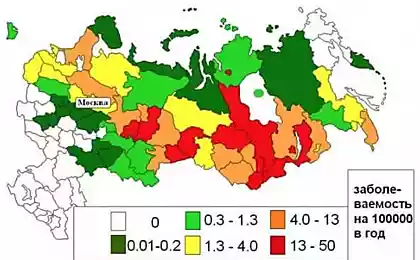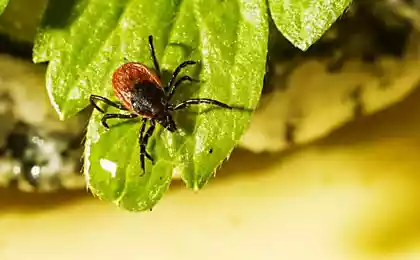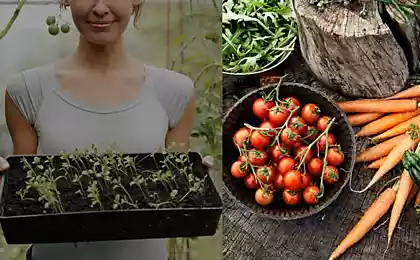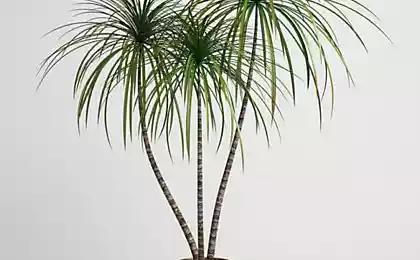422
Biometry combat spider mites

Common spider mite in the greenhouse the most common, but in open soil it can also harm. Especially harmful to the cucumber, pumpkin are also damaged other, weaker, eggplant, beans and green culture. There are cases proving that this pest can vandalize and tomatoes.
Female spider mites have a wide oval shape, the length of their Taurus 0,4—0,5 mm. depending on the season and the plants on which they "based" the color of their bodies may vary. Females, who meet in the summer, have a grayish-green color with dark spots on the sides, and those that winter caught the eye of orange-red. Males unlike females have dimensions slightly smaller (0.3—0.4 mm), more elongated body sharply soienoe back. Adults have four pairs of legs. The eggs are small, with a size of 0.12 mm, spherical, greenish-yellow, translucent. The larvae have a hemispherical shape with a length of 0.12—0.13 mm, and they have three pairs of legs, unlike adults. Nymphs according to the body shape closer to an adult mite.
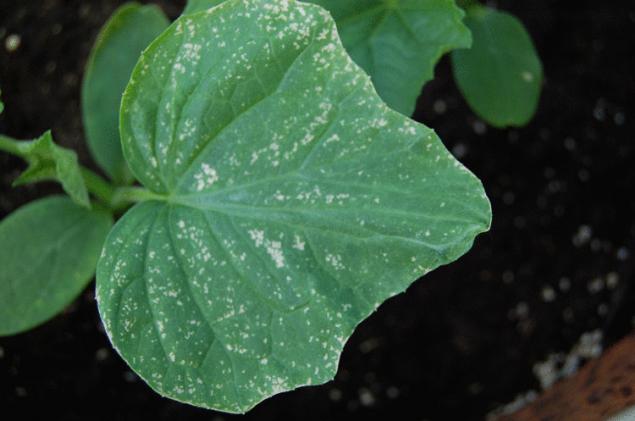
Spider mite on cucumbers
Spider mite on cucumber spends its life on the underside of leaves, there he breeds and feeds. Criss-crossing web of leaves (hence the name of the pest), mites, therefore, are moved. In the initial stage of damage, there are bright spots, which gradually coalesce, leaves turn yellow, die back; flowers and young fruits wither and fall off. Yield losses when severe damage is more than 60%. When the going gets cold, the fertilized females hide in the cracks of greenhouses, lumps of soil, dry plant residues, straw (the tick is drawn inside the straws), in beehives. The tick can be found in the greenhouses, and quite early, already in February, it can get out of hibernation. And at the end of may and in early June, spider mites appear in the open ground. After wintering on the lower side of leaves, females lay eggs randomly, more than 150 eggs. Spider mites on cucumbers in greenhouses throughout the year can give 10 or more generations.
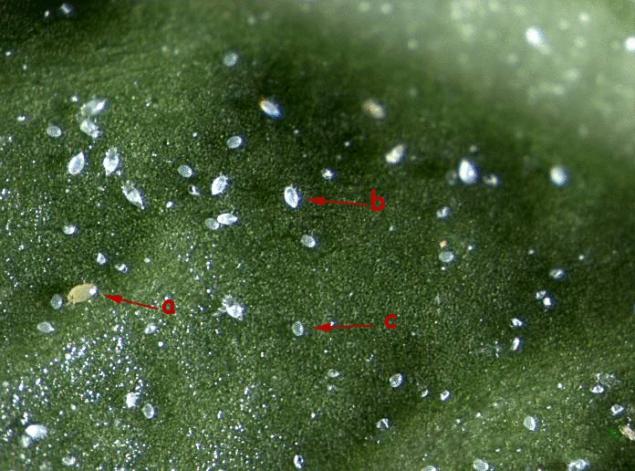
A pest in the greenhouse may develop in wide ranges of temperature and humidity, but the humidity is 90-95% in combination with high temperature is detrimental to the eggs, larvae, and adults. In halting the development of pests is of great importance to preventive measures:
- destruction of weeds and their subsequent removal off-site;
- remove cucumber lashes after harvest and their destruction;
- disinfection of greenhouses, frames, equipment;
- limit access of people in the contaminated area of greenhouses;
- the removal and destruction of affected leaves isolated;
- maintaining greenhouses and greenhouses is quite high optimal for plants humidity.
In the hotbeds of development of the pest predator produced in large numbers, up to 150 individuals per 1 m2 of greenhouse, providing the ratio of predator and victim to 1:10. Phytoseiulus cope with the pest for 2-6 days.
The use of insecticides, fungicides (especially treatments against powdery mildew) in combination with Phytoseiulus is unacceptable, as they are highly toxic and Phytoseiulus. Of microbiological media in the fight against spider mites effective bacterial preparation bitoksibatsillin. To improve the efficiency of a biological product in the greenhouse after the treatment it is necessary to create a high relative humidity (watering plants, humidification of tracks).
In exceptional cases, when a massive outbreak of pests the use of chemical means of plant protection (especially of ecologically safe pesticides — analogues of natural compounds: fitoverm etc.) provides high biological efficiency.
Vegetable growers-fans against spider mite on cucumbers it is recommended to use the infusion of plants with insecto-acaricidal properties:
the infusion of the tops of potatoes (1.2 kg green foliage or 0.6—0.8 kg dry insist 3-4 hours in 10 liters of water); aqueous extract of scales of onion (200 g scales for 10 l of water); aqueous extract of garlic (0.5 kg of garlic is mashed, stir in 3 liters of water, then adjusted to 10 l volume strain). A freshly prepared infusion of the leaves of potato and onion scales sprayed in the evening, repeating the treatment after 5-7 days. the extract of the pulp of garlic: take 300 g per each of the lake water, and the plants watered. The second treatment is carried out after 3-5 days.
Source: selxozinfo.com.ua/
Invented a new protection of olive oil against counterfeiting
Those who drink coffee suffer less diabetes






